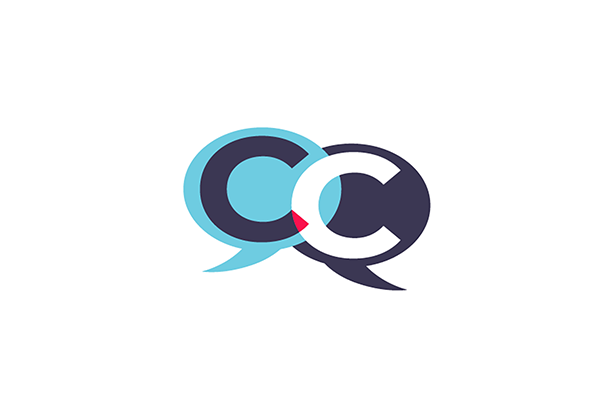In the dynamic landscape of modern workplaces, the efficiency and effectiveness of our processes are paramount. Whether you're part of a small startup or a large corporation, the way you work can make or break your success. However, even the most meticulously crafted processes can become outdated or inefficient over time. Here are three signs that your working processes may need redesigning:
1. Bottlenecks and Delays: One of the most evident signs that your processes need revising is when you notice bottlenecks and delays occurring frequently. Bottlenecks can happen when there's a delay in your workflow, causing work to pile up and slowing down the entire process. This could be due to a variety of reasons such as outdated technology, inefficient communication channels, or overly bureaucratic approval processes. If you find your team constantly waiting on approvals, feedback, or resources, it's a clear indicator that your processes need a closer look.
Solution: Conduct a thorough analysis of your workflow to identify where bottlenecks occur. Look for opportunities to streamline or automate tasks, simplify decision-making processes, and empower team members to take action without unnecessary hurdles. Implementing project management tools, improving communication platforms, or providing additional training can help alleviate bottlenecks and keep work flowing smoothly.
2. High Error Rates or Quality Issues: Another red flag signalling the need for process redesign is a consistently high error rate or quality issues in your outputs. If mistakes are frequently made, whether they're small errors or major blunders, it's a sign that your processes may be flawed or not robust enough to prevent them. Quality issues can lead to dissatisfied customers, increased rework, and damage to your reputation.
Solution: Take a closer look at the steps involved in your processes to identify where errors are occurring and why. Are there ambiguities in instructions or lack of standardised procedures? Are employees overworked or lacking proper training? Implement quality control measures such as checklists, peer reviews, or automated validation to catch errors before they escalate. Investing in training programs to improve skills and knowledge can also enhance the quality of work produced.
3. Low Employee Morale and Engagement: Your team members are the backbone of your organisation, and their morale and engagement levels are directly impacted by the working processes they have to navigate daily. If you notice a decline in morale, increased absences, or a lack of enthusiasm among your employees, it could be a sign that your processes are causing frustration, burnout, or disengagement.
Solution: Commence with an open dialogue with your team to understand their pain points and concerns regarding current processes. Empower employees to provide feedback and suggestions for improvement and involve them in the process of revising workflows where possible. Recognise and reward innovation and efficiency and create a culture that values continuous improvement. By prioritising employee well-being and satisfaction, you can create a more positive and productive work environment.
In conclusion, recognising the signs that your working processes may need revising is the first step towards optimising your operations for success. By addressing bottlenecks and delays, improving quality control measures, and prioritising employee morale and engagement, you can create more efficient, effective, and enjoyable workflows that drive your organisation forward. Remember, processes should evolve with your business needs and adapt to changing circumstances, so don't hesitate to revisit and refine them regularly.
The introduction of an external team who can review services with a fresh pair of eyes can lead to the discovery of bottlenecks and delays.
